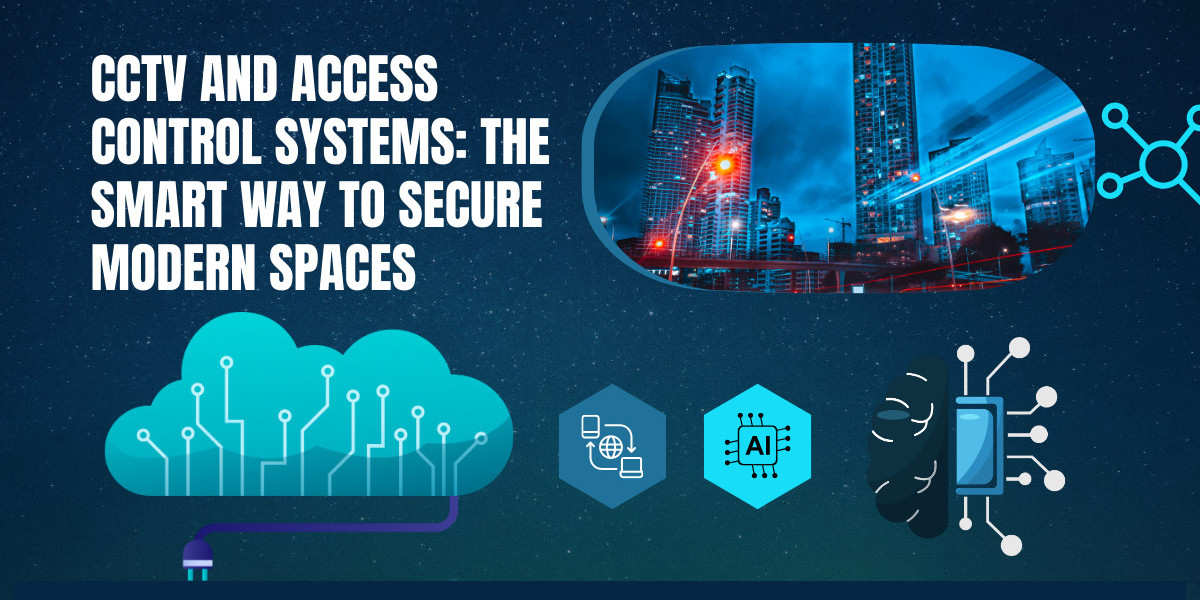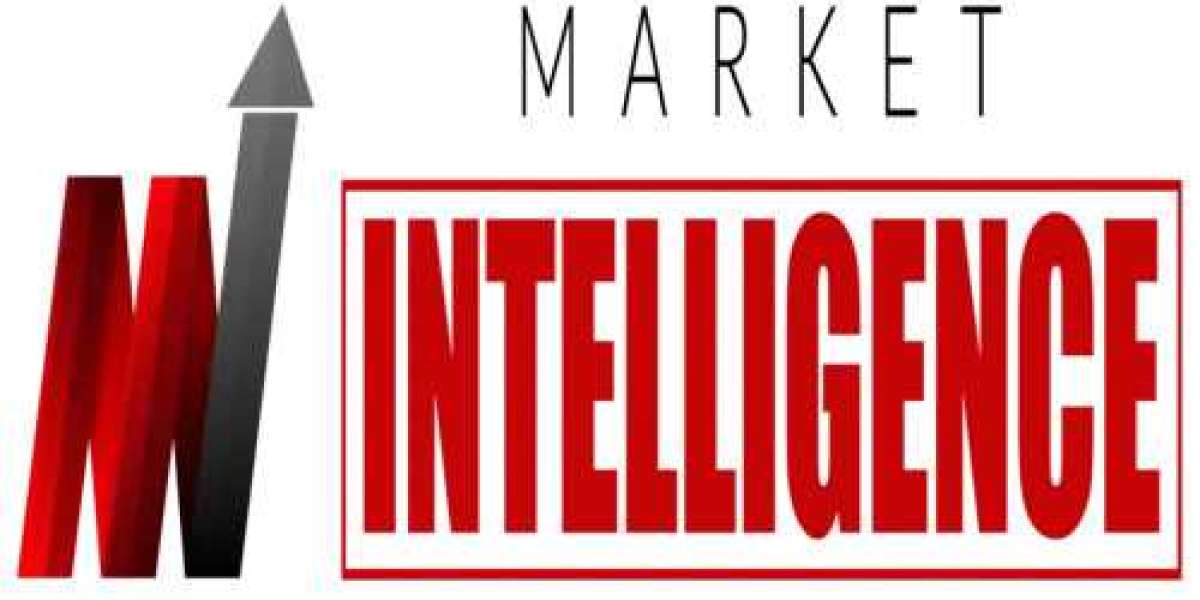CCTV and Access Control Systems: The Smart Way to Secure Modern Spaces
In an increasingly unpredictable world, the need for reliable and intelligent security solutions is more pressing than ever. Whether it's for homes, businesses, or public facilities, ensuring that your space is protected from theft, vandalism, and unauthorized access is crucial. This is where CCTV and access control systems come into play. These two technologies, often used side by side, create a robust framework for monitoring and managing security in a wide range of environments.
CCTV, or closed-circuit television, allows real-time and recorded surveillance through strategically placed cameras. Access control systems, on the other hand, are designed to manage and restrict who can enter or exit specific areas within a building or site. When integrated together, they offer an advanced security strategy that not only deters threats but also gives you greater control over who has access to your property and when.
Understanding CCTV: More Than Just Watching
CCTV systems have evolved far beyond the grainy footage of the past. Modern-day surveillance cameras offer high-definition video, night vision, motion detection, remote access, and cloud storage capabilities. These features make it easier than ever to keep an eye on your property even when you're miles away. Whether installed indoors or outdoors, CCTV cameras provide both a deterrent and a way to collect evidence in case of incidents.
What sets CCTV apart from other security tools is its real-time surveillance capability. Business owners, security teams, and even homeowners can monitor live footage from mobile devices or computer systems. This means that if something suspicious occurs, it can be addressed immediately. Moreover, video footage is critical for post-incident investigations, insurance claims, or legal disputes. The presence of cameras alone can discourage theft, trespassing, and other criminal activities, making them an essential part of modern security strategies.
The Role of Access Control Systems
While CCTV allows you to monitor, access control systems give you the power to decide who is allowed to enter or exit certain spaces. This is particularly important in commercial, industrial, and institutional settings where various zones may require different levels of access. An access control system can include keycards, biometric readers, PIN pads, or even mobile access through smartphones. This not only ensures that only authorized personnel can access restricted areas but also logs their entry and exit times for future reference.
Access control systems work best when they are tailored to the specific needs of a space. For instance, an office may require tiered access where employees can only enter their own departments, while administrators and security personnel have broader permissions. Hospitals may limit access to operating rooms or pharmaceutical storage to approved medical staff. Schools and universities might restrict student entry to certain labs or administrative offices. By installing an access control system, you can create these zones of restricted access and manage them in real-time.
Integration: The Power of Combining CCTV and Access Control
While both CCTV and access control systems are powerful on their own, their real strength lies in integration. When these two systems work together, they form a comprehensive security infrastructure that not only watches but also controls. If someone attempts unauthorized access, the event can be immediately captured on camera. If a door is forced open or a keycard is misused, the system can alert security teams in real-time and provide visual evidence of the breach.
Integration also enhances operational efficiency. Instead of monitoring different systems on separate platforms, modern technology allows for unified dashboards where administrators can control access, review video footage, and receive alerts all in one place. This makes it easier to identify threats, analyze user behavior, and take corrective actions quickly.
Moreover, when audits or investigations are required, having synchronized time-stamped video footage and access logs streamlines the process of finding out who did what and when. This is particularly useful for businesses where employee accountability and regulatory compliance are critical.
Benefits for Homes and Businesses
CCTV and access control systems are not just for large corporations or government buildings. They are equally valuable for homeowners, small business owners, and community spaces. For homes, CCTV offers peace of mind and acts as a deterrent against burglars. Doorbell cameras, driveway monitoring, and interior cameras provide 24/7 security, especially when integrated with alarms and smart home systems.
Access control for homes has also become more popular in the form of smart locks, keypad entry, and biometric systems. These eliminate the need for physical keys, which can be lost or duplicated, and offer the convenience of granting or revoking access remotely.
For businesses, these systems ensure that only employees can enter sensitive areas, that delivery personnel are recorded during drop-offs, and that customer interactions are monitored for safety and quality assurance. Retail stores use cameras to prevent theft, monitor cash registers, and ensure customer safety. Warehouses use access control to limit entry to areas with expensive or hazardous materials.
Choosing the Right System for Your Needs
When it comes to selecting CCTV and access control systems, there is no one-size-fits-all solution. The best approach is to evaluate your unique needs and then choose technologies that meet them. Consider the size of your property, the number of entry points, the volume of foot traffic, and the sensitivity of the areas you want to secure.
Professional installation is also critical. Poorly placed cameras may miss crucial activity, and improperly configured access controls can leave you vulnerable. Consulting with security professionals can help you design a system that’s both effective and scalable, allowing you to add more cameras or access points as your needs grow.
Maintenance and regular updates are equally important. Cameras should be checked periodically for clarity and angle. Access control systems should be updated to remove outdated credentials and ensure compatibility with new technologies. Regular audits and software updates ensure that the systems continue to provide reliable protection.
Frequently Asked Questions (FAQs)
What is the main difference between CCTV and access control systems?
CCTV systems are used for video surveillance, allowing you to monitor and record activities in real time. Access control systems manage who is allowed to enter or exit specific areas by using authentication methods like keycards or biometrics.
Can I integrate CCTV with my access control system?
Yes, modern security solutions allow integration of CCTV and access control systems. This enables real-time video verification of access events, enhancing overall security.
Are these systems suitable for residential properties?
Absolutely. Many homeowners use CCTV for surveillance and access control features like smart locks and video doorbells to manage and monitor who enters their home.
What types of access control are available?
Access control can include keypads, swipe cards, RFID tags, fingerprint scanners, facial recognition, or mobile phone-based access. The right choice depends on your security needs and budget.
Do I need internet access to use these systems?
While basic systems can function without internet, many modern CCTV and access control solutions offer cloud storage, mobile access, and remote monitoring features that require internet connectivity.
How often should I maintain my CCTV and access control systems?
It’s recommended to perform routine checks at least every six months. Cameras should be cleaned and adjusted, and access control credentials should be updated regularly.
Can these systems help in case of a security breach?
Yes, integrated systems provide visual and digital evidence of unauthorized access or suspicious activity. This can be used for investigations, insurance claims, or legal actions.
Is it expensive to install these systems?
The cost varies based on the size and complexity of your system. However, the investment often pays for itself by preventing losses and improving safety.
Do access control systems store user data?
Yes, they typically log access events, including user identity, time, and location. This data is useful for audits, compliance, and security reviews.
Can I control these systems from my phone?
Most modern systems offer mobile apps that let you view live footage, receive alerts, and control access remotely for added convenience and peace of mind.
Investing in CCTV and access control systems is no longer a luxury but a necessity in today’s world. Whether for home or business, these technologies provide the tools you need to stay in control of your environment. With smart integration, real-time alerts, and long-term data storage, you're not just securing a space—you're building a safer future.








